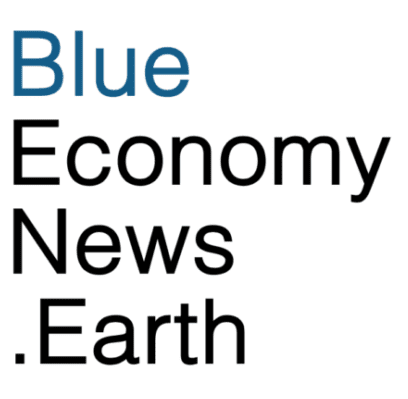Oceans 2050 has released research showing that seaweed farms can provide carbon sequestration at rates comparable to blue carbon storage systems such as mangroves, salt marshes and sea grasses.
The study, titled “Carbon burial in sediments below seaweed farms matches that of Blue Carbon habitats,” was published in Nature Climate Change. Researchers say it marks the first comprehensive, empirical assessment of carbon burial rates beneath seaweed farms globally.
“This research provides compelling evidence of the critical role that seaweed farming can play in addressing the climate crisis,” said Alexandra Cousteau, President of Oceans 2050. “By quantifying its carbon sequestration potential, we hope to unlock new avenues for investment in sustainable aquaculture as a climate solution.”
Conducted across 20 seaweed farms spanning five continents, the study confirms that seaweed farming can sequester carbon in the sediments below at rates comparable to vegetated coastal ecosystems like mangroves, salt marshes, and seagrasses. This research highlights the dual benefits of seaweed farming: meeting food security and economic development goals while advancing climate change mitigation efforts.
Older and larger seaweed farms store more carbon, showing that sustainable farming can have lasting impacts. Researchers say that, if expanded worldwide, seaweed farming could remove up to 140 million tons of CO2 from the atmosphere every year by 2050.
Professor Carlos Duarte, lead author and Chief Scientist of Oceans 2050, emphasized the study’s broader implications: “Seaweed farming offers a scalable, nature-based solution for carbon removal while delivering co-benefits such as biodiversity enhancement, economic opportunities, and food security. This research is a pivotal step towards integrating seaweed aquaculture into global climate strategies.”
The findings also underscore the need for robust frameworks to develop carbon credits for seaweed farming, ensuring that this promising blue carbon strategy can be integrated into carbon markets. By prioritizing marine spatial planning and sustainability, seaweed farming has the potential to become a cornerstone of the regenerative Blue Economy.
This research is part of Oceans 2050’s Global Seaweed Project, launched in September 2020. Researchers say it marks a pivotal milestone in the advancement of the seaweed industry, providing a robust scientific foundation for the creation of a verified carbon credit methodology.
By quantifying the carbon sequestration potential of seaweed farms, the Global Seaweed Project demonstrates the feasibility of creating a new blue carbon market that can support both climate mitigation and the development of a sustainable Blue Economy. Additionally, the project highlights the significant social impact of seaweed farming, with over 99% of participating farmers, most of whom are women, coming from coastal communities in developing countries. This underscores seaweed farming’s potential to promote gender equity, improve food security, and strengthen local resilience to climate change.

